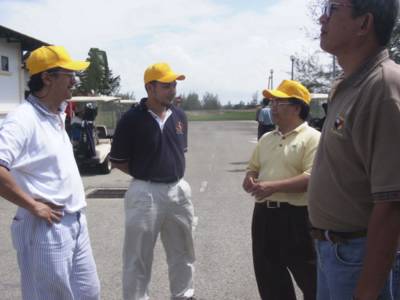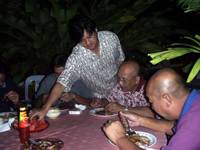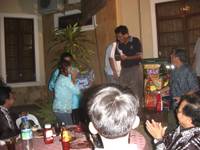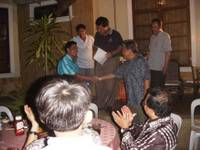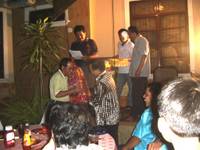Collate or Clutter
My existence has been a collection of history, may it be in its collation or for the clutter of sorts. I grew up in a family of ten and reclusive since small. Or was it that I’d rather escape reality to be away from the din and octaves of home? I had my own mind then.
Although little and quietly inquisitive, I ventured into all sorts: trying out gadgets, what were available then. I fiddled and never minded nor mattered. I played with matches and once nearly brought the house down, I was severely reprimanded. That small house where we earlier lived, later was to leave.
We moved into our next house, near some bushy area with “lallang” or, imperata cylindrical, which still is a common sight in the natural system of plant regeneration in Malaya, nearby to a creek. The setting was ideal in my formative years especially because of the proximity to this vegetation and some big trees. In particular, I saw many wild kapok trees, commonly known as “kekabu hutan” for the local Malay, in Latin: Bombax valentonii from the family of BOMBACACEAE (or Greek, bombux-silk). At times I would see a few adults chopping these particular trees down in order to make cut-out sampans as the wood being light with a closed grain timber providing natural water proofing. These days we often hear of kapok being used for making cheap acoustic guitars and matchsticks. But during my migration years in the Eighties, I had also came across someone who worked at one of the Ford Motor company’s vendors in Geelong, Vic., Australia. He informed me that due to Kapok being light and easy to carve, it does not expand with heat and is commonly used for making formwork in their process of shaping prototypes in cars! Our locals however, use the tree cotton pods for pillows and life jackets. The bark makes a natural brownish red dye suitable for clothing. There is also food and healing purposes also attributed to the many uses of these kapok trees and pods.
During the formative age between 8 to 10 years, in 1960-2, I had both my “lallang” cave and tree house, where I would relax between school hours and dinner time. I had a cooking stove made from a “Milo” can, where I would hollow one side near its bottom for air intake, and a suspended perforated metal piece to hold wood splinters as my fire energy source. This thing however, never failed my cooking and that was part of my play home alone.
Occasionally when brave, we kids would walk inside the shallow creek, looking at the “lubok” or underwater tree roots, for catfish. But often for safety, home made bamboo rods with lines hooked, were our way to fish. Sometimes, one can never guess at what to expect, for there could be eels or snakes!
Aloft in my tree house, I could see our home from a distance or when dad would come home from teaching. An incident arose one time, when my father threatened to chop down the tree because we kids were consistently gone. And, only due to a protest from my sister who insisted that it be left alone for the rest to play, that it owes its’ survival.
But my “lallang” cave faced a different fate, oh well. It was around the same time also, my father had a chook house attached to the back of our house. He fenced it of with chicken wire, 7 foot tall and gated. One day, whilst out playing at the cave near the house, I took the “parang” or long knife along to clear the vegetation surrounding it and to be safe from snakes. Of course I decided to leave the “parang” there one evening; thinking it would not be of any use that night at home. But when I woke up the next morning, I was blamed for not replacing the “parang” where it should normally be.
Apparently, whilst we were asleep that particular night, someone had entered the chook house and tried to steal our chickens. My father was awoken by the flapping noise and opened his bedroom window, only to see a figure slightly away from arm’s length alongside the back wall. The intruder was shocked motionless and so did my father, but he could not reach the intruder and insisted my mother go get the “parang”.
Luckily for the intruder, it wasn’t there allowing him to slip away albeit empty handed. But not so my forlorn “lallang” cave, it however, didn’t survive!
However our era and this present period vary in our tales.
(Circa 1960-2)
*The house at No: 755, Jalan Kuantan,Transit Quarters, Kuantan, Pahang, Malaysia no longer exist.



















